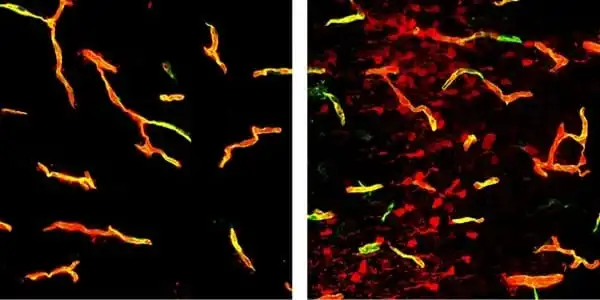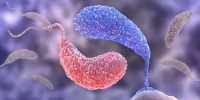The blood-brain barrier (BBB) obstructs the distribution of big pharmacological molecules (greater than 400 Da). Several investigations have shown that by using low-intensity focused ultrasound (FUS) after an intravenous injection of microbubbles, the BBB can be opened non-invasively. The BBB opening caused by focused ultrasound is transient, reversible, and extremely localized.
The brain is made up of billions of neurons, which are delicate cells that require a safe environment to function effectively. This fragile environment is safeguarded by 400 miles of specialized vasculature designed to limit the toxins that come into touch with the brain.
This barrier between the blood and the brain is critical for protecting the organ from poisons and pathogens. However, in the context of neurological disease, the barrier “becomes your worst enemy,” according to Anne Eichmann, Ph.D., Ensign Professor of Medicine (Cardiology) and professor of cellular and molecular physiology, because it also prevents therapeutic medications from passing through.
For years, neuroscientists and vascular biologists alike have sought the “magic bullet” for briefly opening and resealing the barrier to medication administration. Eichmann’s team has now produced an antibody that can penetrate the blood-brain barrier for a few hours at a period, allowing medications to be delivered to a diseased brain. The team’s findings were reported in Nature Communications.
“This is the first time we’ve worked out how to manipulate the blood-brain barrier with a molecule,” says Eichmann, the study’s senior author.
This is the first time we’ve worked out how to manipulate the blood-brain barrier with a molecule. Previously, there was no known relationship between Unc5B and the Wnt signaling pathway. The scientists discovered that the Unc5B receptor controls the pathway as an upstream regulator in this new study.
Professor Anne Eichmann
The Wnt signaling pathway, which governs a variety of critical cellular functions, is required for the establishment and maintenance of the blood-brain barrier. Eichmann’s team wanted to see if this channel could be manipulated to open the barrier “on-demand.”
When Kevin Boyé, the paper’s first author and a postdoctoral associate at Yale, joined Eichmann’s lab in 2017, he chose to explore Unc5B, an endothelial membrane receptor expressed in capillary endothelial cells. He discovered that if he knocked off this receptor in mice, they perished early in their embryonic development because their vasculature failed to form properly, indicating that it was a critical molecule in vascular formation. He also noticed that a protein known as Claudin5, which is critical for forming tight connections between endothelial cells in the blood-brain barrier, was considerably diminished. This led the team think that the receptor could be vital in maintaining the barrier.
Previously, there was no known relationship between Unc5B and the Wnt signaling pathway. The scientists discovered that the Unc5B receptor controls the pathway as an upstream regulator in this new study.

Boyé then went a step further, removing the receptor from adult mice with a pre-existing blood-brain barrier and discovering that the barrier remained open in the absence of the receptor. He then sought to know which ligands (molecules that bind to receptors and transfer signals between or inside cells) were responsible for the barrier effect. When he eliminated one of the ligands, Netrin-1, he noticed that it also created a blood-barrier problem.
The researchers next created an antibody that may prevent Netrin-1 from attaching to its receptor. The team was able to disrupt the Wnt signaling pathway by injecting the antibody, allowing the blood-brain barrier to open temporarily on demand.
“It was a fascinating experience, especially developing our blocking antibodies,” Boyé explains. “And to explore if we can break the blood-brain barrier in a time-sensitive manner to facilitate drug administration.”
Because the blood-brain barrier prevents all but a small subset of small molecules from entering the brain, neurological disorders such as Alzheimer’s, multiple sclerosis, brain tumors, and depression are extremely difficult to treat. Having control over the barrier will be beneficial for future drug delivery efforts. The team has not yet detected any potential issues, but aims to assess the antibody’s efficacy and potential toxicity in future study.
“This opens the door to more exciting basic study into how the body generates such a tight barrier to protect its neurons and how it may be altered for drug delivery purposes,” explains Eichmann. “There’s also the possibility of using this as a delivery platform for pharmaceuticals to enter the brain.”
In future trials, the researchers seek to learn how to adapt these findings to chemotherapy delivery for brain cancers. They are also investigating if their antibody can be used to other parts of the central nervous system than the brain.














